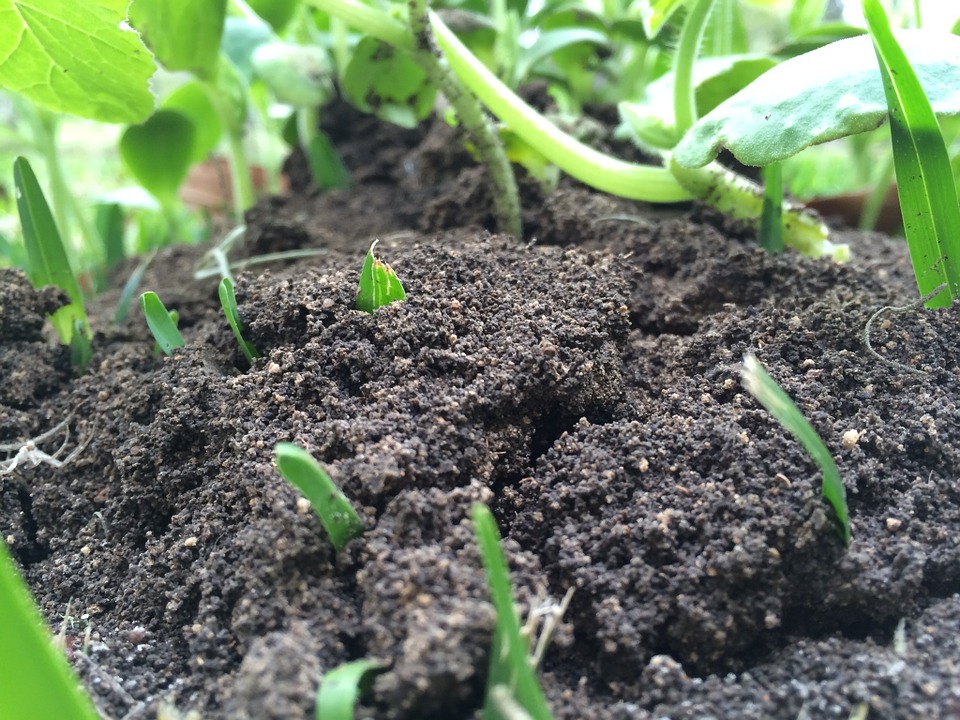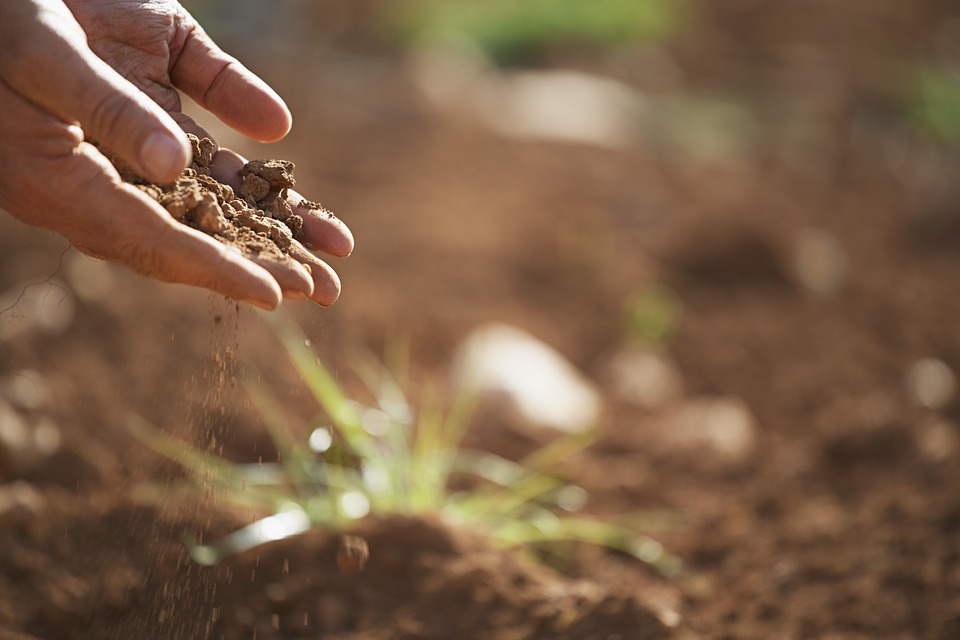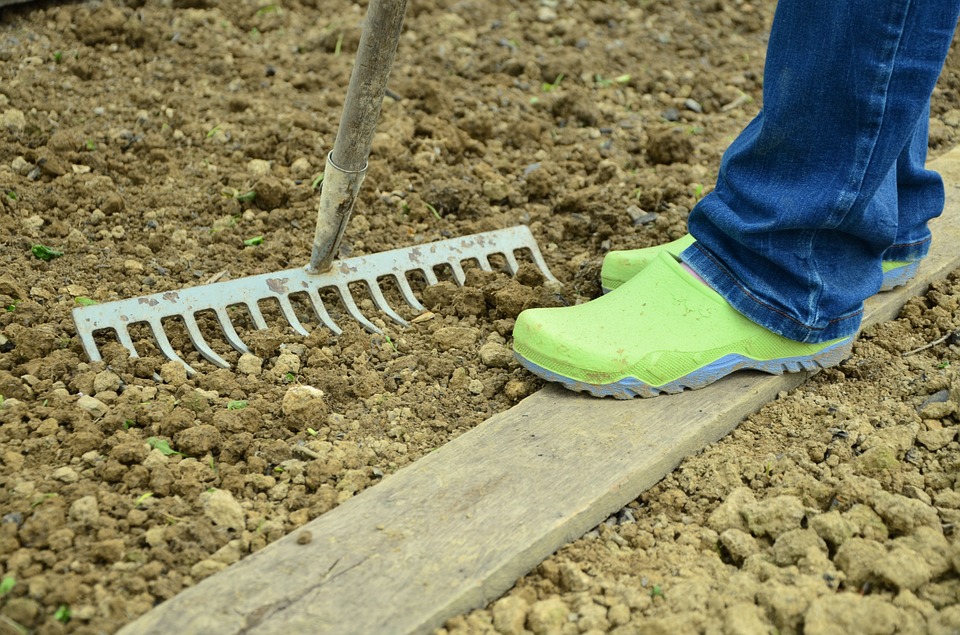The Dirt on Improving Your Soil
Sunflowers bigger than the sun. Cherry tomatoes tastier than cherries. Yes! Your flowers and veggies can be that good. All they need is healthy soil.
Boost your entire garden by starting from the ground up: the soil.
Soil, as you may have thought, is not dirt. Healthy soil is a collection of creatures, minerals and living material that holds water and nutrients like a sponge, making them readily available for plants. To continue to grow big, juicy fruits and vegetables, you need to make sure you’re feeding your soil.
Think of your soil as a bank, you need to continue to make deposits so you can make withdrawals when you need to. If you continue to draw all of the nutrients out of it until it’s dry and clay-like, you’ll be disappointed in your harvests.
Different Types of Soil
Soil can be clay-like, sandy or loamy. Ideally, you have loamy soil that is well-draining and full of organic matter.
- Clay soil holds little water and air and is typically “heavy.” The particles are small and packed tightly, making drainage very slow.
- Sandy soil has large, loose particles. Although it contains lots of air, it doesn’t retain moisture well because it drains so quickly, allowing nutrients to leach through the soil.
- The ideal soil, loamy, is just the right mixture of clay, silt and sand. It holds nutrients and drains well, making it ideal for growing most fruits and vegetables.
To find out what kind of soil you have, thoroughly wet a patch of soil then let it dry for a day. Clay soil will remain in a tight ball and feel slippery. Soil that is gritty and crumbles is sandy. And slightly crumbly soil that stays in a ball is loamy.
The Golden Ticket to a Greener Garden: Compost
In organic gardening, compost is as good as gold! Scout’s honor.
1. Go for the Gold. There’s no such thing as too much compost. Compost adds nutrients, improves soil structure and helps retain water. Compost should make up 25 percent of each planting bed or container.
2. DIY the Good Stuff. Skip the bagged compost and make compost for free by recycling food scraps. Use a compost tumbler, and turn once a week.
3. Fashion It Faster. Jumpstart your compost by adding our Organic Composter Starter, which speeds up decomposition. Then turn on the turbo by shredding scraps first.
4. Split the Spoils. Fill your compost with an even split of brown and green. Green goods, such as food and garden scraps, add nitrogen while brown items, such as paper and leaves, complement with carbon.
Build Even Better Soil
Start with the composting tips above. Then take your soil to the next level.
1. Take the Test. Before planting, test your soil to see exactly what organic amendments it needs.
2. Curb the Chemicals. Step away from the chemical fertilizers – for the sake of your garden and pets! Opt for organic fertilizers that improve soil as they break down.
3. Make It with Mulch. Now, protect your golden soil with magic mulch. Mulch helps moderate soil temperature, prevents soil compaction and stops weeds, too.
Hands down, the best gift you can give your garden is golden soil. All your plants will be bigger, stronger and dare we say, happier!












Trackbacks & Pingbacks
[…] plants. This process produces humus, a spongy material that improves soil structure. When you improve soil structure, the soil is better able to hold the proper balance of water, air and nutrients until they are […]
[…] snow can wreak havoc on your landscape. When the ground is wet and people walk through it can even cause compaction, which makes for poor growing conditions. But with a little love it will be ready to host your […]
[…] all gardeners know, it starts with the soil. Good drainage is key to prevent water from sitting. If your soil needs a fresh start, or to be amended, add Espoma’s Garden Soil to help set your […]
[…] snow can wreak havoc on your landscape. When the ground is wet and people walk through it can even cause compaction, which makes for poor growing conditions. But with a little love it will be ready to host your […]
Comments are closed.